Review
While it doesn't excel in any one particular area, the Qashqai does a lot of things very well. It's stylish, well-equipped and has a comfortable interior. The e-Power engine brings electfication at an afforordable price point, but it doesn't offer the same low company car tax advantages of plug-in hybrid or electric models.
Overview
Nissan is the self-proclaimed creator of the crossover segment, and its Qashqai model is a consistent best-seller.
Crossovers are everywhere these days and the Qashqai is the UK’s favourite. We’ve been lapping up the Sunderland-built model since 2007, with just as many registered to company fleets as private individuals.
This third-generation model provides better efficiency, more technology and improved driveability. While it has a new, more futuristic, look the core elements of the old model remain.
At its heart, the new Qashqai is a sensible, safe and reasonably nimble family SUV.
Key rivals include the Ford Kuga, Kia Sportage, Hyundai Tucson and VW Tiguan.
Prices for the Qashqai line-up start at £30,135. There are five trim grades: Accenta Premium, N-Connecta, N-Design, Tekna and Tekna+.
Nissan is yet to offer a plug-in hybrid or fully electric Qashqai. The powertrain choice is between a 1.3-litre petrol or the e-Power Hybrid.
Comfort and practicality
With a slightly smaller footprint than most of its key rivals, the Qashqai is not the most spacious mid-size SUV on the market. There’s still plenty of space on board to meet the needs of families, however.
Up front, the seats are comfortable and supportive. It’s easy to achieve a good driving position and outward visibility is largely decent. We did find the large door mirror sometimes got in the way a bit at certain junctions – although this may be overcome by setting the seat a little higher.
Rear seat passengers should have little to complain about, unless you try and squeeze three adults across the rear bench. The middle seat is raised, slightly, and the car’s overall width means they’ll be rubbing shoulders.
Practicality is boosted by thoughtful features like new hinges for the back doors that allows them to open up to 85 degrees, facilitating the fitment and removal of baby seats. There are two Isofix mounting points in the rear.
The boot has a volume of up to 504 litres and comes with a moveable floor. Range-topping Tekna+ is equipped with a subwoofer that takes up a little bit of space, leaving a total volume of 436 litres.
Nissan has improved the quality of materials used throughout the Qashqai’s interior, giving it a more premium feel. In addition, there’s a higher specification across the line-up.
While the entry-level Accenta Premium has cloth seats, the N-Connecta has part leather upholstery and the rest of the range gets full leather trim.
Heated seats only come on Tekna and Tekna+ grades, however.
Safety and technology
Nissan has opted to retain a button-led interior, with ‘proper’ switchgear retained for the climate controls and other key functions.
A 12.3-inch central touchscreen is fitted across the line-up, complete with Nissan Connect services. It integrates Google apps, including Maps and the Play Store.
The system is easy to use, offers crisp graphics and includes an integrated Google Voice assistant.
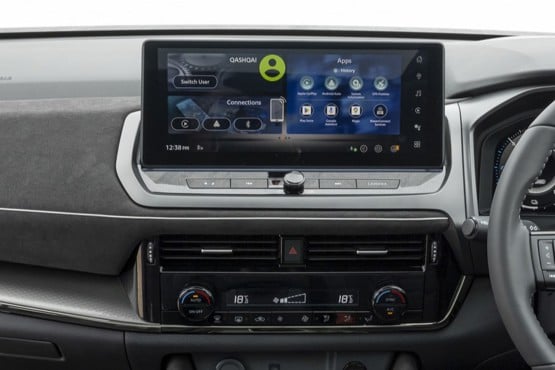
A full suite of safety and driver assistance systems come as standard on all Qashqais, including adaptive cruise control, lane keep assist and blind spot monitoring. There’s also a reversing camera and rear parking sensors.
N-Connecta grade and above also comes with a large digital instrument cluster display and Nissan’s new 3D Around-View monitor. The latter replaces the regular rear-view camera with a 360-degree system. It includes ‘Invisible Hood View’, which generates an image of a the space beneath the car.
Driveability and efficiency
One of the big changes for the third-generation Qashqai was the introduction of the e-Power hybrid system. It uses an electric motor to power the wheels, but energy is provided by a petrol engine.
The e-Power model is the most efficient and also the most powerful. It has 190PS, giving a 0-62mph time of 7.9 seconds. CO2 emissions are 117-120g/km.
It offers a similar driving experience to a hybrid car, with seamless and silent operation around town and at low speeds. The difference comes under harder acceleration, where the engine acts only as a generator. We found it fires up pretty quickly after you set off, but there’s less noise intrusion than a regular hybrid.
Fuel economy is rated at 53 – 54 mpg. We found around 50 to be achievable, although the e-Power is less efficient at prolonged higher speeds.
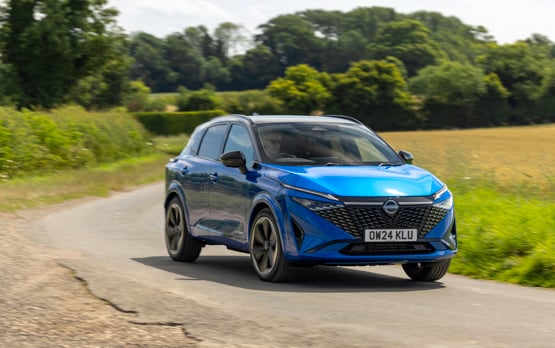
Two other powertrains are on offer. Both are based around a mild-hybrid 1.3-litre turbocharged petrol engine, offering 138PS or 156PS. Either can be paired with a six-speed manual, while the latter can be paired with an automatic and all-wheel-drive.
CO2 emissions start from 141g/km, rising to 160g/km for the all-wheel-drive version. These engines are both good for mid-40s fuel economy, although the all-wheel-drive variant will be a bit less efficient.
The manual gearbox also detracts from the driving experience. It’s a little vague and imprecise when paired with the car’s springy clutch. Opting for the Xronic is a better bet. It’s a CVT, but you’d never tell. The calibration is excellent and the car behaves like a normal auto. It also feels much livelier when you step on the accelerator.
Significant enhancements have been applied to the car’s chassis and suspension in order to deliver a more engaging drive. Agility is noticeably improved, but not segment leading. Nissan engineers have also fiddled with the steering and it’s now super sharp. In fact, it’s almost too quick and can deter from the otherwise relaxing nature of the drive.
Company car tax and running costs
The e-Power may seem like the obvious company car choice - owing to its lower emissions - but due to its higher list price, company car tax for the petrol manual is actually cheaper.
If you want an automatic Qashqai, then the e-Power is the most cost-effective choice.
We’d recommend the N-Connecta trim grade, as it comes with pretty much all the kit you’ll need.
The Qashqai e-Power is also more efficient than full hybrid models, like the Ford Kuga and Kia Sportage, and sits in a lower benefit-in-kind (BiK) tax band than those. It’s not quite as cheap to run as a Renualt Austral E-Tech Hybrid, however.
While a number of rival models are available with plug-in hybrid or electric powertrains, these have much higher p11d values and may not be accessible to drivers in the same bandings.
MG’s new HS PHEV may pose the biggest threat to the Qashqai as it’s both cheaper to buy and it attracts a 5% BiK rate thanks to its 75-mile electric range.
Matt has been an automotive journalist for nine years and has driven just about every new car and van that's on sale. As content editor - vehicles he is responsible for the automotive content on Fleet News and also contributes to Automotive Management. Prior to this, Matt worked in the automotive industry for 10 years.





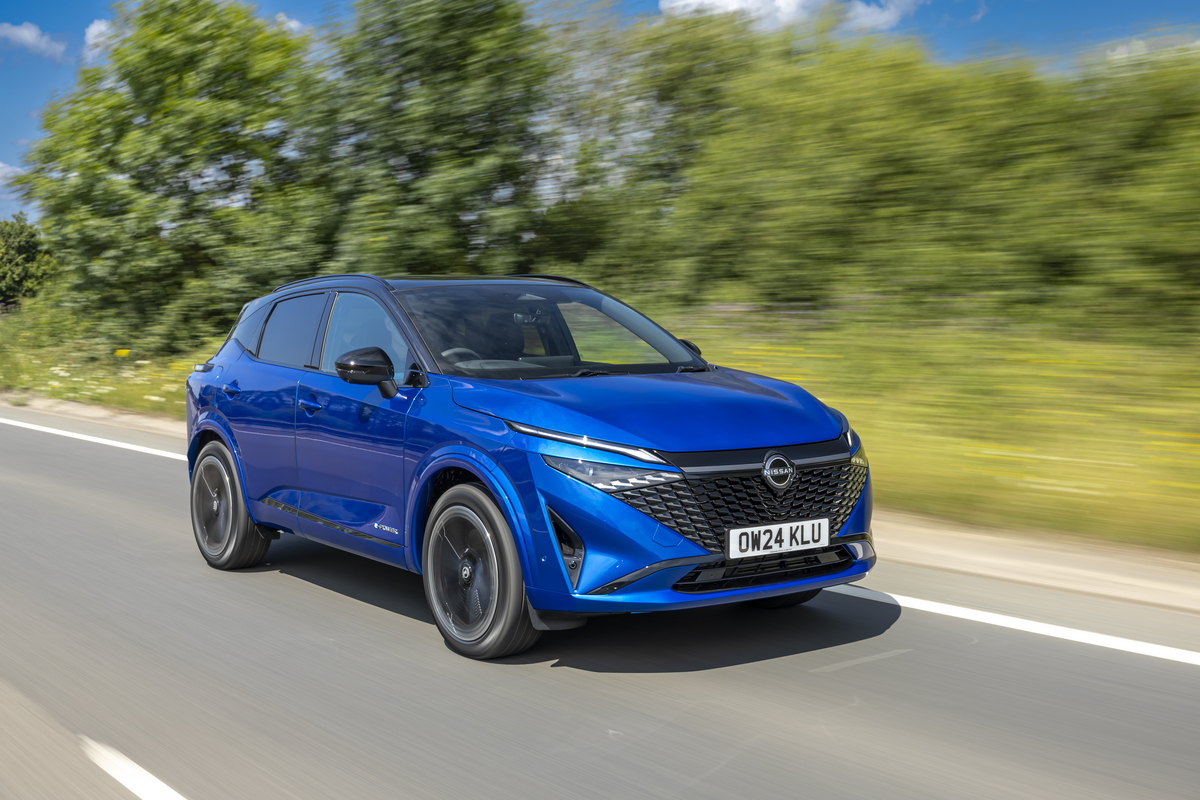
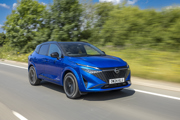
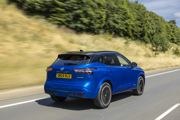
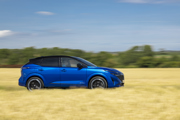
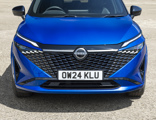
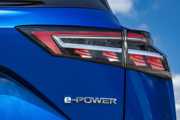
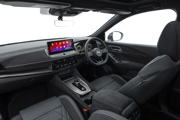

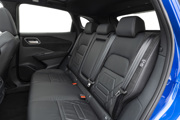

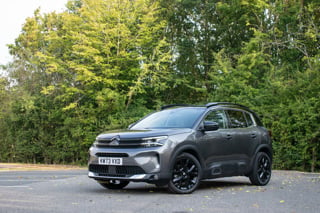
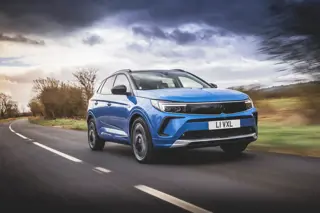
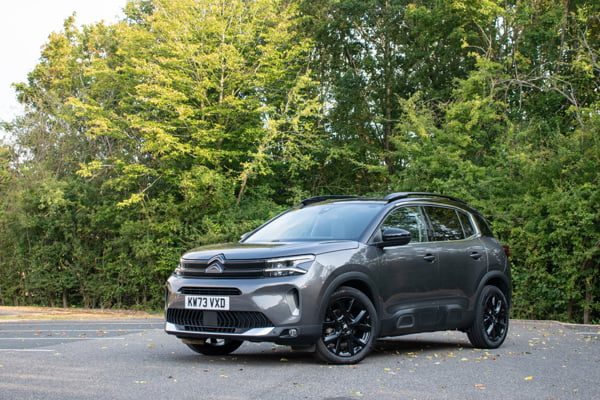
 Petrol
Petrol
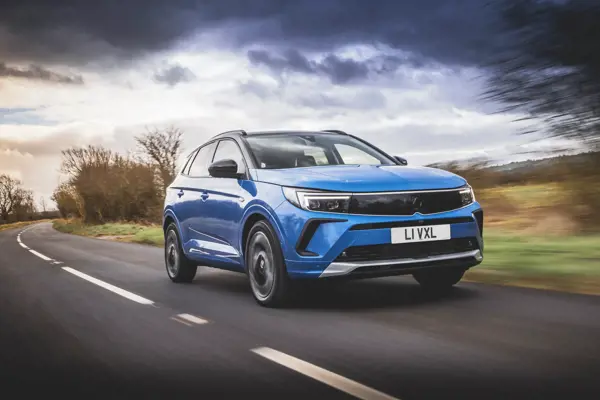
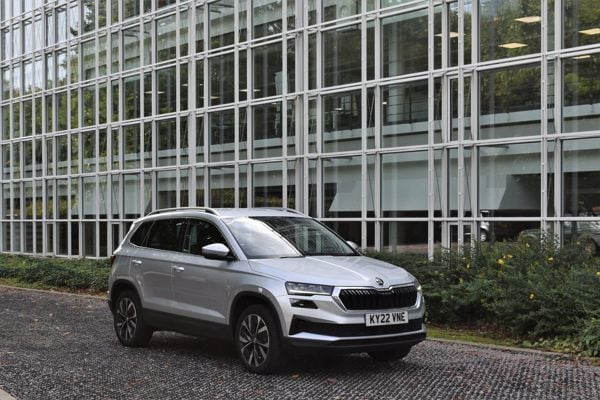
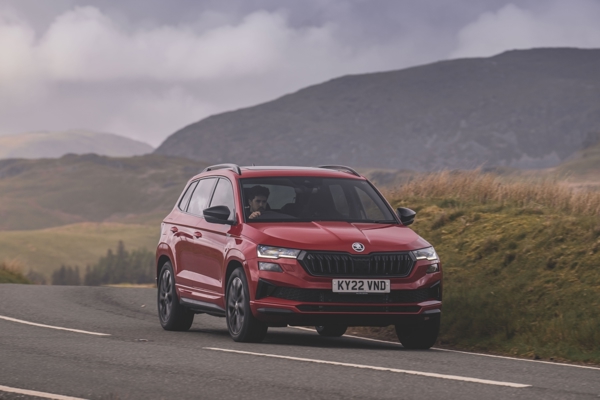
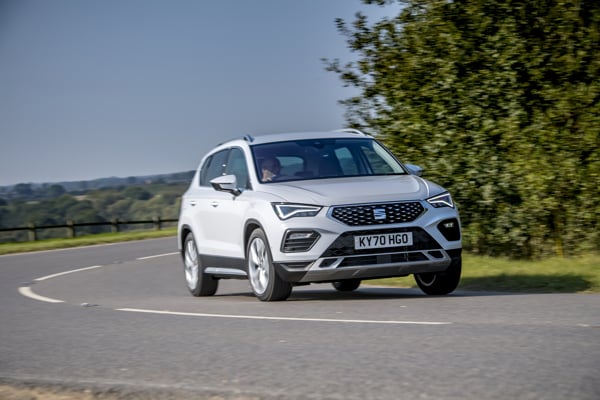

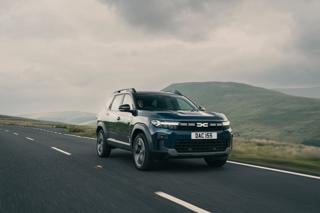
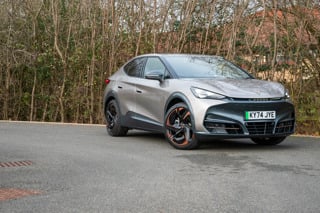

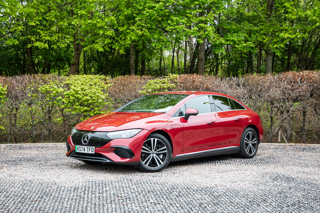
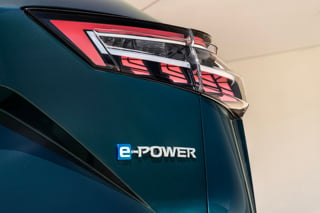







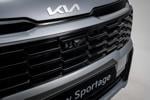




Login to comment
Comments
No comments have been made yet.